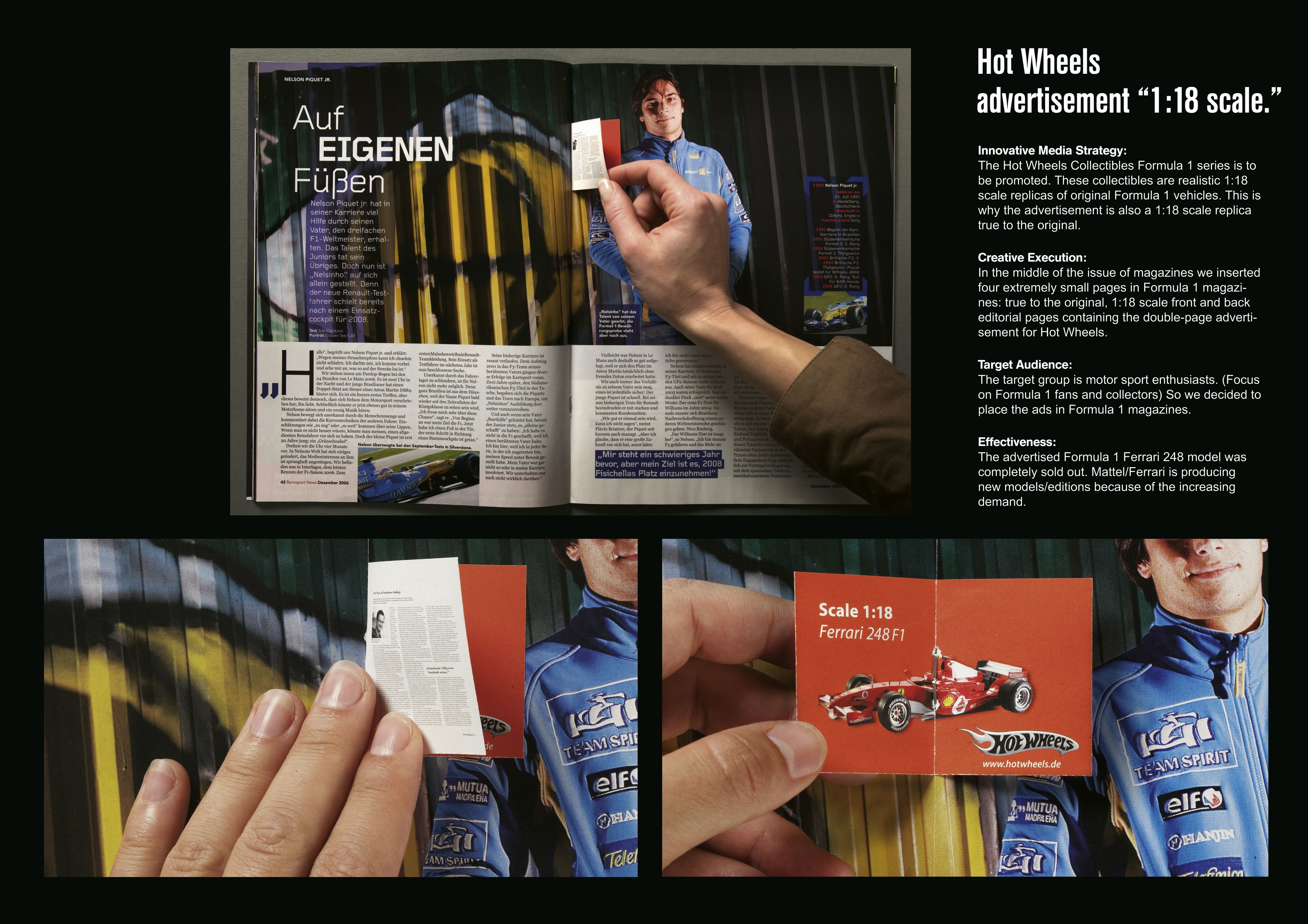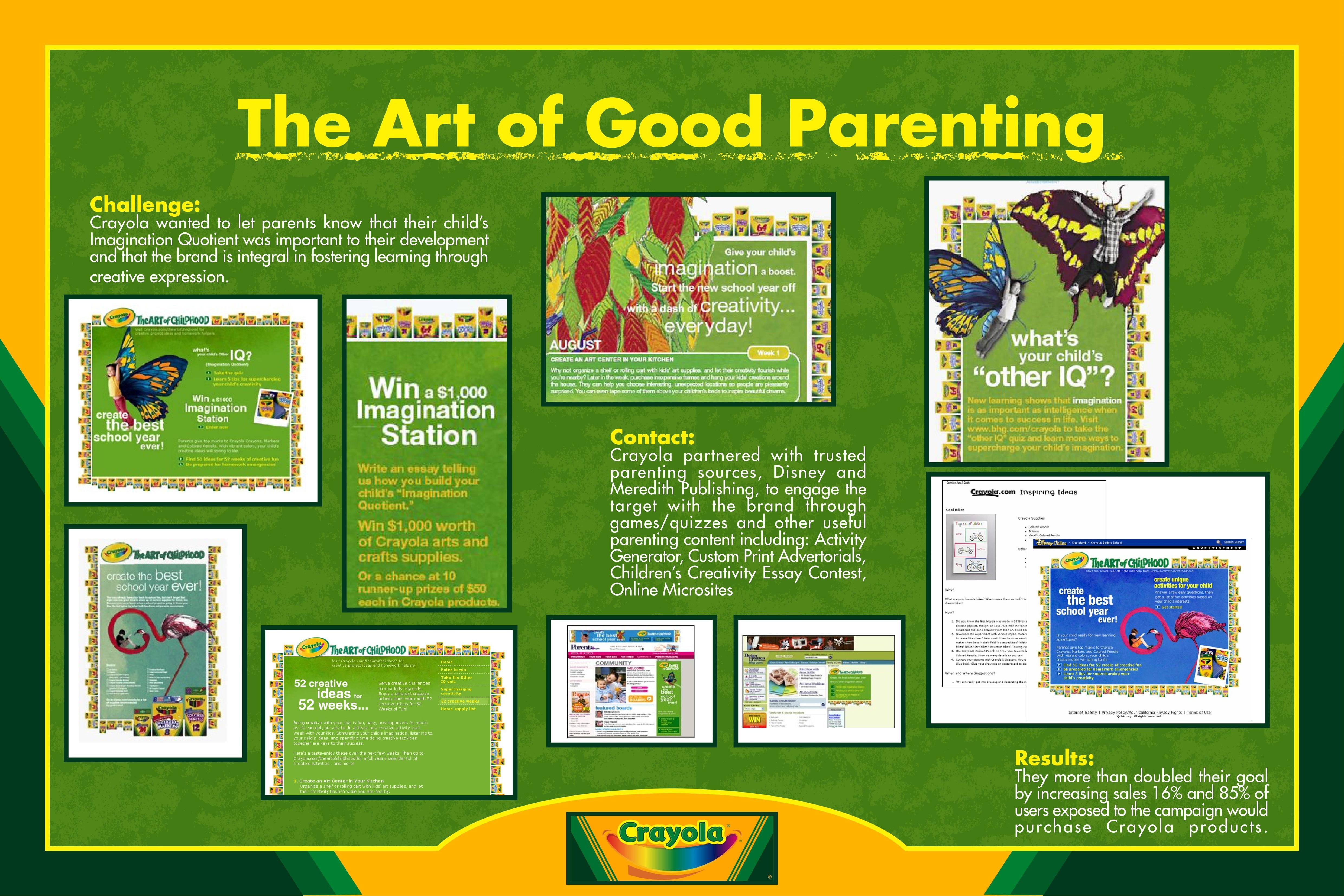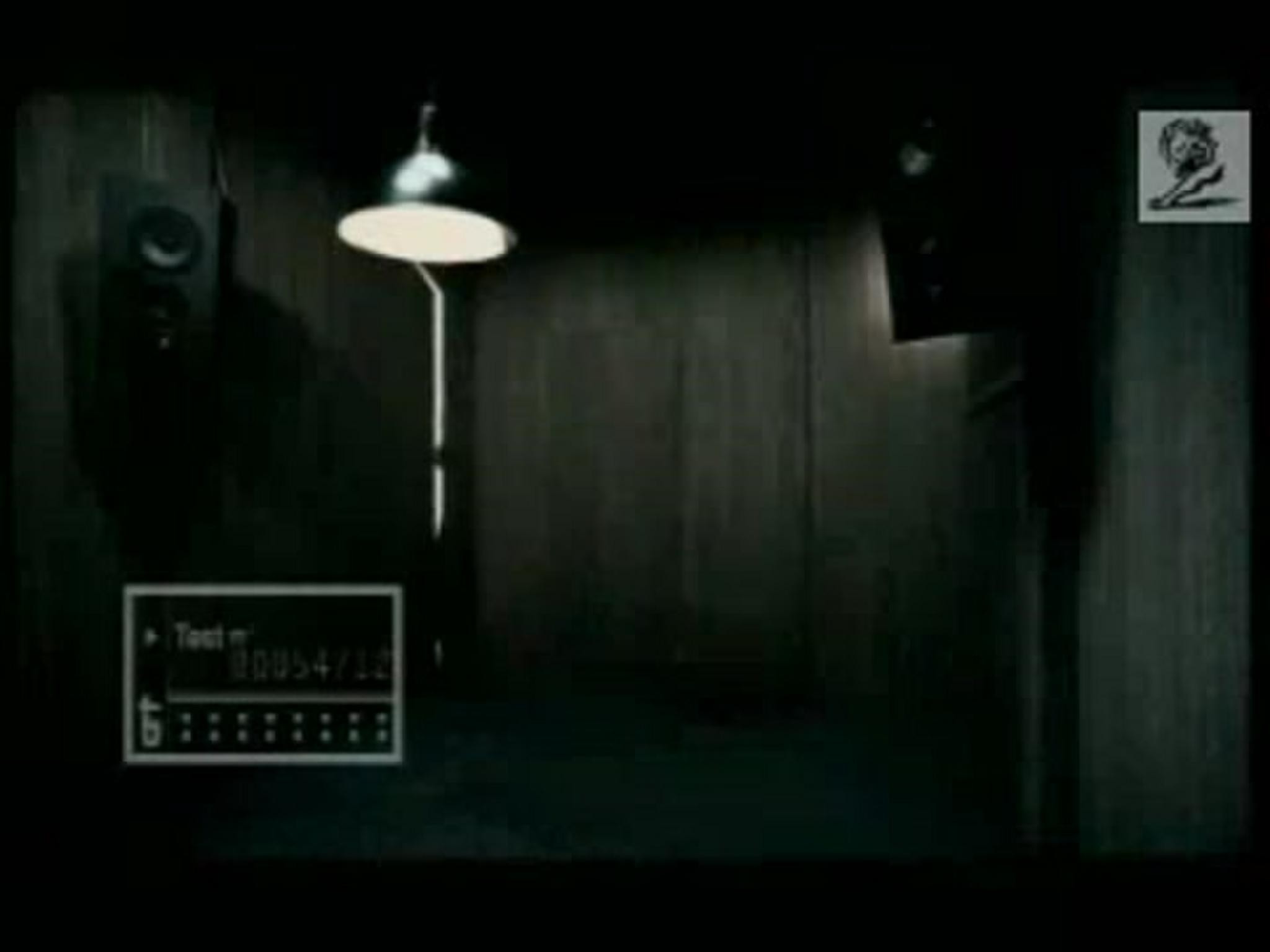Cannes Lions
BARBIE
FLEISHMAN-HILLARD HONG KONG, Hong Kong / MATTEL / 2013



Overview
Entries
Credits
OVERVIEW
Description
Her blonde hair, blue eyes, waspish waist and ritzy wardrobe have made Mattel’s Barbie a role model doll among millions of young western girls aspiring to grow up with those same attributes.
But her image and values were not such a snug fit in the hearts and minds of female youngsters and their mothers in China. The challenge was to find the common thread between young Chinese girls, their mums and Barbie.
The first ever “Barbie BIFT Fashion Design Competition,” in partnership with the Beijing Institute of Fashion & Technology, was created. This competition centered on the insight that the appreciation of beauty and fashion is universal.
More than 300 BIFT students vied to become 1 of 10 finalists tasked with designing 2 China-style outfits for Barbie.
Meanwhile, 35,000 girls aged 6 to 11, throughout China, participated in local “Style Your Barbie” competitions. The 10 winners teamed up with the 10 BIFT finalists to battle it out for bronze, silver and gold.
This 9-month campaign reached the target audience via traditional and social networking media. In addition, the competition aired on the number one lifestyle show in China called Pretty Woman, and was broadcast via 56 regional and local TV stations attracting nearly 10m viewers.
The gold winning design has inspired the creation of Barbie’s first Chinese designed wardrobe, and the first Barbie BIFT China doll will be commercially available in Q1 2014.
Following the competition, awareness of Barbie was up 39%, while sales exceeded target by 21%.
Execution
Phase One:
Ten BIFT teams – one finalist design student plus one finalist little girl -- were selected to design a daytime outfit and evening gown.
Finalists were announced at a press conference, which also hosted underpriveleged daughters of migrant workers, arranged through China’s first officially-registered NGO, the largest non-profit organisation focused on child welfare.
Phase Two:
Mattel’s chief designer lectured at BIFT, and gave press interviews. Other Mattel executives and designers mentored students.
Various media cannels carried competition messages. The kick-off press conference was broadcast live on television. Barbie had her own page on China’s widely-popular Weibo microblogging website. She tweeted updates. Students engaged through social networking.
Phase Three:
Bronze, silver and gold winners were named during 30-minute televised grand finale, on China’s top national fashion and beauty programme “Pretty Women.”
Judges included leading Chinese designer, fashion blogger from Harper’s Bazaar China, plus BIFT’s principal and Barbie’s chief designer.
Outcome
Chinese girls fell in love with Barbie.
• Awareness of Barbie increased by 39% following the competition.
• 35,000 6-11 year-old-girls competed in local Style Your Barbie competitions. Ten won spots in the Barbie BIFT Fashion Design Competition.
• 300+ BIFT design students signed up for the competition. 10 were selected as finalists.
• TV coverage of the competition’s grand finale was rerun 5 times by the national Travel TV channel and picked up by 56 regional stations, reaching 9.85m unique viewers.
Chinese girls purchased Barbie.
• Sales exceeded target by 21%, dwarfing Mattel’s investment of $450,000.
Chinese girls inspired first Chinese Barbie.
• The first China BIFT Barbie doll will go on sale in 2014. Winner of the Barbie BIFT Fashion Design Competition inspired her fashion collection. For the first time, girls throughout the world will be able to collect Barbie – China styled.
Similar Campaigns
12 items







